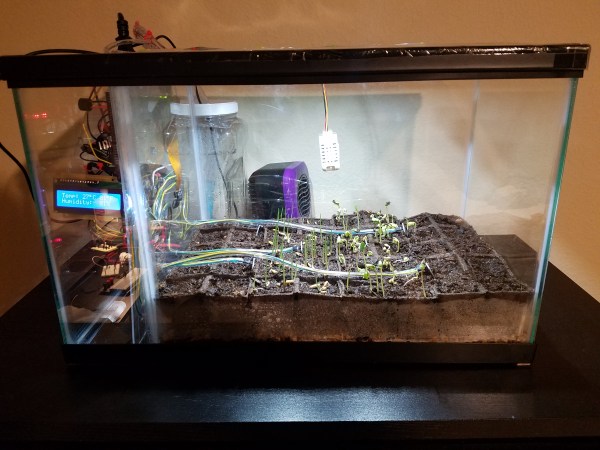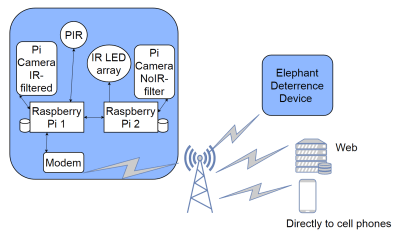[Carl Bass] has joined the board at Formlabs. This is interesting, and further proof that Print The Legend is now absurdly out of date and should not be used as evidence of anything in the world of 3D printing.
Here’s something cool: a breadboardable dev board for the Parallax Propeller.
Finally, after years of hard work, there’s a change.org petition to stop me. I must congratulate [Peter] for the wonderful graphic for this petition.
Want some flexible circuits? OSHPark is testing something out. If you have an idea for a circuit that would look good on Kapton instead of FR4, shoot OSHPark an email.
SeeMeCNC has some new digs. SeeMeCNC are the creators of the awesome Rostock Max 3D printer and hosts of the Midwest RepRap Festival every March. If you’ve attended MRRF, you’re probably aware their old shop was a bit on the small side. As far as I can figure, they’ll soon have ten times the space as the old shop. What does this mean for the future of MRRF? Probably not much; we’ll find out in February or something.
Rumors of SoundCloud’s impending demise abound. There is some speculation that SoundCloud simply won’t exist by this time next year. There’s a lot of data on the SoundCloud servers, and when it comes to preserving our digital heritage, the Internet Archive (and [Jason Scott]) are the go-to people. Unfortunately, it’s going to cost a fortune to back up SoundCloud, and it would be (one of?) the largest projects the archive team has ever undertaken. Here’s your donation link.
If you’re looking for a place to buy a Raspberry Pi Zero or a Pi Zero W, there’s the Pi Locator, a site that pings stores and tells you where these computers are in stock. Now this site has been expanded to compare the price and stock of 2200 products from ModMyPi, ThePiHut, Pi-Supply, and Kubii.






















